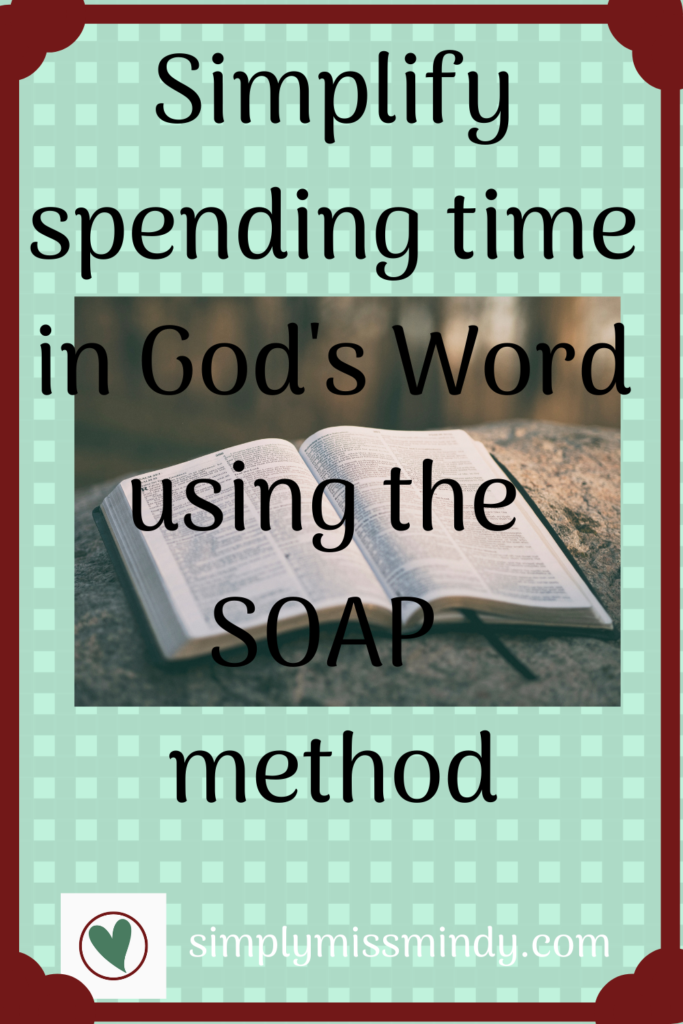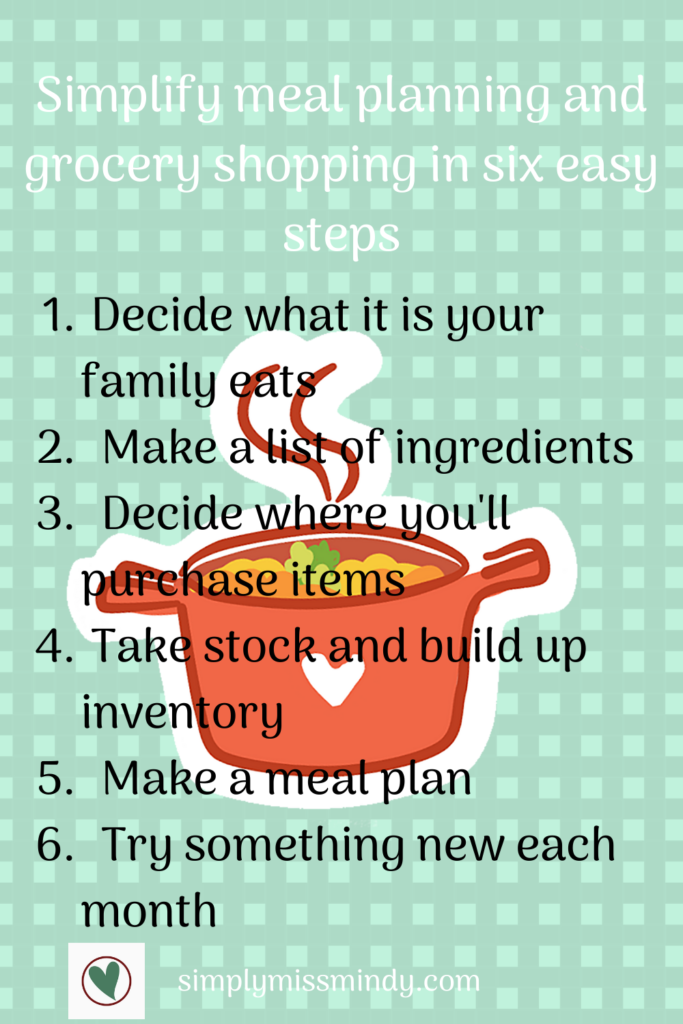A Small Pause

If you have been with me so far, you have probably discerned that I am pretty passionate about simplifying, organizing, and making life easier. I’ve given you some practical ways to make various complicated systems more simple, and I’ve gone into great detail about why I do what I do.
My intention this week was to write a post about how to simplify back-to-school, and I do think there are some good and easy ways to do that, but as I was listening to my husband preach last Sunday, I realized that I needed to take a deep breath and talk about issues of the heart before I move on to more of the day-to-day practical stuff.
It’s just possible that you are there too. This is a crazy time of year, especially for those of us who are parents. That’s true whether your kids go to public school, or private school, or are homeschooled. Getting used to a new schedule filled with school and sports and activities can be difficult. We’re all trying to get back into getting up early again, and there are lunchboxes and school supplies and sports gear and backpacks to keep track of. If you are anything like me, you’re feeling a bit overwhelmed by it all.
Maybe next year I’ll write the simplifying September post, but right now I feel like we all need a deep breath, a time of reflection, a pause.
At our little country church, we are going through the book of Romans. If you haven’t ever done a study through this amazing book, I highly recommend it. The apostle Paul gives us a lot of understanding about our daily struggle against sin and the flesh, and then explains how Jesus’ death and resurrection sets us free from all of that. He encourages us to live in unity with one another and shows us how to live a life of faith and obedience.
Last week, we were in Chapter 8, verses 1-9. My husband’s sermon was really encouraging (I’m sure I’m not biased!), and I learned a lot; but right in the middle he made a small statement that hit my heart, and I felt it was important to share it with you.
By the way, as an aside, if you’re not taking notes during church, I really encourage you to do so. It’s entirely possible that God wants to speak to you through the Sunday morning service, and you are going to want to remember what He’s told you. Sometimes it’s the words of the worship songs that really hit me, and sometimes it’s something said in the sermon. Occasionally, someone encourages me during the greeting time! However God chooses to speak to me, I want to remember it, so I have a notebook I take with me to church, and I take notes as I go. Please consider doing the same.
Anyway, here is what God said to me on Sunday: We need to allow God to change us from the inside out.
Okay, I know it sounds unremarkable, but stay with me.
Obviously, this is a key understanding of our faith: it’s not what we do on the outside that justifies us, but what God has done on the inside through His Son. Because He willingly sacrificed Himself for us and paid for our sins, we can be given a new heart. 2 Cor. 5:17 puts it this way: “Therefore, if anyone is in Christ, he is a new creation. The old has passed away; behold, the new has come!” (ESV). And Galatians 2:20 says: ‘I have been crucified with Christ. It is no longer I who live, but Christ who lives in me. And the life I now live in the flesh I live by faith in the Son of God, who loved me and gave Himself for me.” (ESV). He changes us on the inside, and that is reflected on the outside through our actions.
But when Darryl said that one little phrase, I was struck immediately by the fact that it applies to so many areas of my life, and I was convicted that I have been talking in this little blog about the outside without first encouraging you to change the inside.
See, you can set up all the best organizing systems and create routines and work to develop great habits, but without an inside change, it’s not going to stick. I’m sure you’ve experienced this in other areas of your life. One that’s really common is weight loss: you can try all the best diets or exercise programs, but until there’s an internal shift in your thinking, you either won’t be able to stick to them or you’ll eventually regain all the weight.
The same is true for simplifying and organizing. I really do believe these things can change your life by creating a more peaceful environment and by freeing up space in your home and your brain to focus on what’s most important. But if you don’t first have a mindset shift, it won’t last; and you’ll end up in a worse place than before, because you will know what it feels like to live a more simple life but look around and see only chaos. I don’t want that for you.
So we are pausing here to focus on the inside change. We need to stop, and ask God to change us from the inside out.
I’m so grateful that I serve a God who cares about my day-to-day life. He understands when I’m feeling overwhelmed and stressed out, and He wants to help me. He wants to help you, too. If you really want to live more simply, if you think it will help you to be a better parent, a better employee, a better friend; if you want to set priorities and make choices that reflect what you truly think is important, you can ask Him for help. Ask Him to change you from the inside out. Push pause on the practical stuff, and just spend some time letting Him change you. You can always go back and change the outside stuff: meal planning, using a planner, organizing a drawer or two. Your heart is more important.
So even though this is a crazy time of year, I am encouraging you to pause. Spend some time in prayer. Study your Bible. Ask God to change you from the inside out. Tell Him you need help. Let His peace wash over you. Don’t worry about the external until you have dealt with the internal.
I hope that you have a great week of peace. My prayer is that my words help you, not cause you more stress. Please take some time with the Lord this week, asking Him to change your heart, and let me know in the comments what He is teaching you. And if you don’t know the love and forgiveness of the Savior yet, and would like more information, please reach out in the comments or through email. I would love to introduce you to Him!
Blessings, Mindy.


